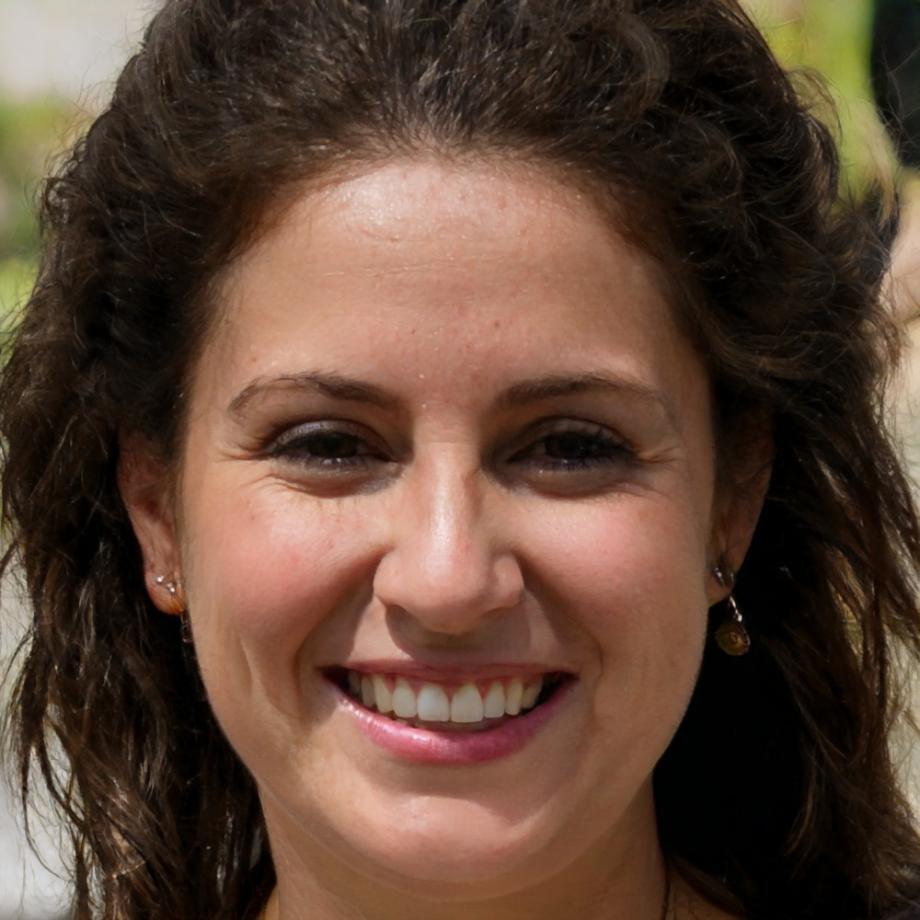Student Work That Actually Ships
Real projects from students who learned mobile game graphics the hard way. These aren't polished portfolio pieces—they're the actual work that happens when you're figuring things out.
Featured Student Work
Most students come in thinking they'll create the next big hit. What they actually learn is way more valuable—how to meet deadlines, work with feedback, and make something decent with limited time.

Crystal Match Interface Design
Sofia worked on this match-3 game interface during our autumn 2024 session. She spent about six weeks iterating on the UI elements and ended up with something that actually tested well with players. The challenge was keeping it simple enough for casual players while adding enough visual polish to compete.
How Students Actually Progress
It's not a straight line from beginner to professional. Most students hit walls, backtrack, and rebuild things multiple times before they get something working.
Foundation Skills and Tool Setup
Getting comfortable with the software is harder than most expect. We cover Photoshop basics, layer management, and proper file organization. Students usually struggle with non-destructive workflows initially.
First Real Project Attempts
Students pick a simple game type and start designing UI elements. This is where they realize that what looks good as a static image doesn't always work in motion. Lots of iteration happens here.
Animation and Movement
Adding animation changes everything. Students learn basic spine rigging and discover that making things move smoothly requires planning from the start. This phase involves a lot of redoing earlier work.
Full Project Development
The final push to complete a portfolio piece that actually demonstrates capability. Students work on a complete interface system—menus, gameplay elements, feedback animations. Reality check: not everyone finishes on time.

Nina Pavlović
Lead Instructor
Spent eight years doing UI work for mobile studios before teaching. Still takes freelance projects to stay current with what studios actually need.

Marija Đurović
Animation Specialist
Worked on three published mobile games before joining our program. Focuses on animation workflows and technical optimization.
How We Actually Teach This
Teaching game graphics isn't about showing perfect examples. It's about working through the messy parts—the technical constraints, the revision cycles, the times when something just won't work and you need a different approach.
Real Constraints From Day One
Students work with actual mobile device limitations. File size budgets, performance requirements, platform restrictions—all the stuff that affects what you can actually build.
Iterative Review Process
Weekly critique sessions where we look at work-in-progress. Students learn that getting feedback early saves time later, even when it means redoing things.
Technical Problem Solving
When something doesn't work—animation lag, texture issues, compatibility problems—we figure out why and fix it. That's where actual learning happens.
Portfolio Development Focus
Everything students make goes toward building a portfolio that studios will actually review. We focus on presenting work honestly—showing process, not just final polish.
Upcoming Program Sessions
We run two main sessions per year. Class sizes stay small—usually eight to twelve students—so everyone gets proper attention during critiques.
Want to see if this program makes sense for your goals? Come visit the studio, talk to current students, and see what the actual work involves. No commitments, just honest conversation about what to expect.
Schedule a Visit